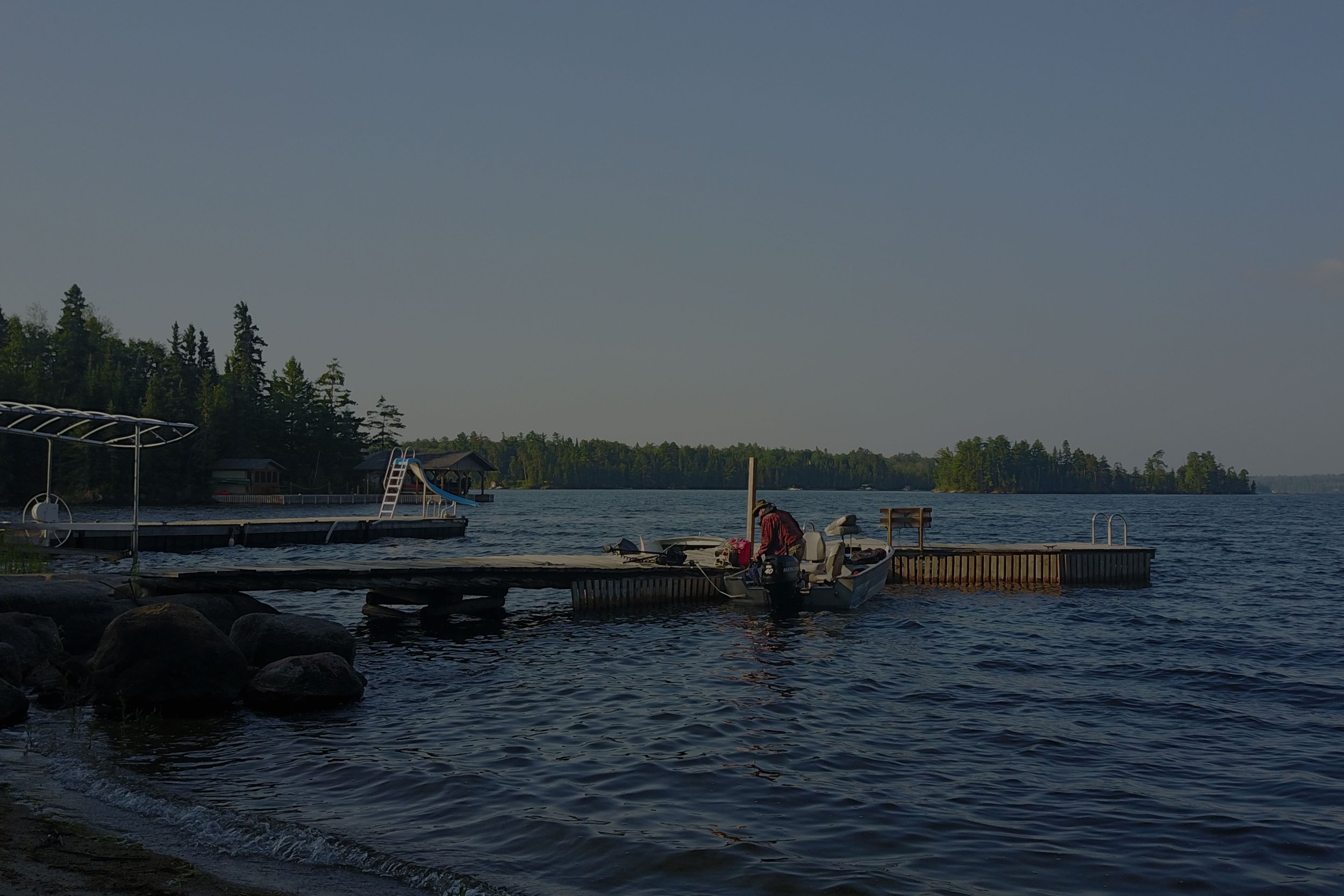
Frequently Asked Questions
Who are the Métis?
The Métis are one of the original peoples of what is now Canada. They trace their origins to the fur trade of the eighteenth and nineteenth centuries, when European traders and First Nations women married and had children. Over time, these children of the fur trade developed their own distinct identity. They had their own culture, language, music, art, and traditions.
The Métis way of life is deeply connected to the land. Since the time of the fur trade, Métis have passed down traditional knowledge and practices, including hunting, trapping, fishing, and harvesting plants. Above all, they maintain a deep respect for the land.
Métis established historic communities in parts of what are now Ontario, Manitoba, Saskatchewan, Alberta, and the Northwest Territories. These communities continue to grow and preserve the Métis way of life to this day.
As an Indigenous people of Canada, Métis have rights that are enshrined in section 35 of Canada’s Constitution Act, 1982.
Who is the NWOMC?
The Northwestern Ontario Métis Community has deep historical and spiritual ties to the land. It is rooted in the nineteenth-century fur trade, before Canada became a nation. The descendants of this historic community continue to live in Northwestern Ontario alongside other Métis families who have since migrated to the region. Today, around 3,000 Métis call Northwestern Ontario home. They continue to practice their traditional way of life, by hunting, trapping, harvesting, and fishing on the same lands as their ancestors.
Throughout its history, the Northwestern Ontario Métis Community has faced colonial pressure, discrimination, and dispossession. However, they also have a long history of defending their rights, from receiving payment in exchange for the Dawson Trail’s passage through their lands in 1871, to signing an adhesion to Treaty No. 3 in 1875, to signing the Métis Nation of Ontario-Canada Framework Agreement on Advancing Reconciliation with the Métis Community in Northwestern Ontario in 2017.
How are community councils elected?
Community councils play an important role in the self-governance of the NWOMC. Each council consists of a president, chair, secretary, treasurer, and senator, as well as councillors, a women’s representative, and a youth representative. These are elected and all positions are volunteer based.
More information about the Community Council election process is available here and here.



